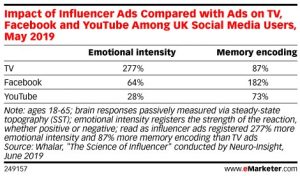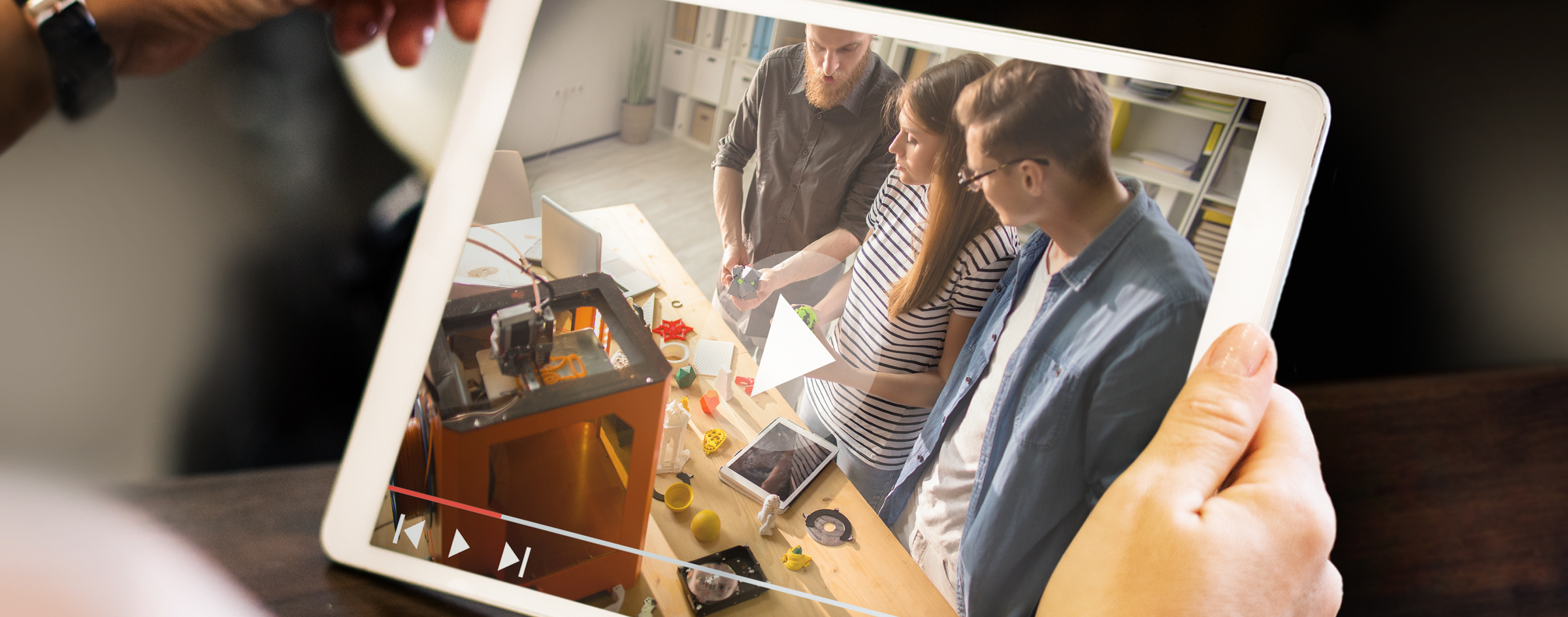There has been big interest in influencer marketing over the past couple of years because of the unique opportunity it gives brands to build awareness and connect with new audiences.
Until recently, many influencer stories have had a B2C focus. High-profile celebrity fitness, fashion or gaming influencers like Kim Kardashian or Selena Gomez who have millions of followers and can command hundreds of thousands of dollars per social media post have dominated the influencer scene.
Because of the B2C focus, some companies mistakenly think that influencer marketing is not a good fit for B2B. They assume that the benefits of having an influencer use, talk about or recommend their content or products won’t work well for B2B because audience sizes tend to be much smaller. The good news is that influencer marketing not only works for B2B, it can actually be much more meaningful and cost-effective than in the consumer space. Here are five important reasons why:
1. Instant credibility
Influencer marketing works as a form of social proof. People trust other people’s recommendations more than promotional messages, or even high-value content, provided directly from companies. It’s easy to see how big-money B2C influencer deals can undermine that credibility. Consumers are savvy. When an influencer is perceived as being “in it for the money,” versus sharing and recommending products that their audience will really benefit from, their opinions are viewed through a different lens.
Conversely, most B2B influencers have built their social following and established their credibility by being a trusted resource. Sharing good information. Being part of a tribe. That means you can’t dictate what they are going to say, but you can count on what they say being taken seriously, and that’s a big deal.
If you can engage and support influencers and their audience, you quickly gain a high level of credibility that would take you much more time and money to generate through more traditional content and promotional efforts.
2. Influencer effectiveness

While the power of impartial, third-party mentions seems pretty intuitive, a recent eMarketer article highlights a 2019 study that helps quantify the impact. The study analyzed the effects of influencer ads on social media users, specifically, the subjects' “emotional intensity” (the strength of the emotion being felt) and “memory encoding” (the act of committing the information to long-term memory).
The study showed that influencer ads produced far greater emotional intensity (277%) and stronger memory encoding (87%) than traditional TV ads. The ads also performed better than non-influencer Facebook or YouTube ads, particularly with regard to memory encoding.
The study also measured how seeing influencer content affected subjects’ attitudes toward subsequent messages. When exposed to influencer content prior to being shown a traditional ad or post for the same company, their attitudes were more often positive compared with those who had no influencer exposure.
3. B2B delivers laser-focused audiences
B2B influencers usually have a very narrow focus, and that’s great. They interact about specific subject areas or industries they are closely aligned with. While this can limit the overall size of their audience, the benefit is that they are connected to a concentrated, highly qualified group of people. People with nothing to add, or who aren’t interested in the topic, simply aren’t there. The folks who are, often work in a specific industry or have a specific type of job and face similar issues and challenges. It’s a quality over quantity play, and if those folks are part of your target market, you’re in luck.
4. Tribal loyalty in B2B
The other great thing about having a passionate, engaged audience sharing common interests and challenges is that it fosters a strong sense of tribe. In his book, Tribes: We Need You to Lead Us, Seth Godin calls tribes the most powerful unit of social organization. “These are my people. People like me. We’re in it together.” Because of the smaller audience size and more active connection with the topic and community, this sense of being a distinct tribe is heightened in B2B communities. If the tribe is centered around and nurtured by a strong leader, that person and their opinions are held in very high esteem. It’s here where your efforts can have a huge impact.
5. Lower cost, better performance
Knowing some of the big B2C influencers can command fees well over $250,000 for a single Instagram post, it may seem obvious that B2B influencer marketing would be far less expensive – and it is. But, for all the reasons outlined above, it’s not only cheaper, it’s also far more cost effective. Depending on the size and sophistication of your industry, you may even be able to engage the biggest, most influential names without paying them a cash fee.
Supporting influencers with access to information, technical experts, exclusive content, new products or other things that they can use to educate or otherwise support their tribe is often all the value needed to get them interested and engaged. Many B2B influencers are actively trying to build their audiences. Providing them additional exposure in your social media, on panels at tradeshows or in other industry articles and events is also a great way to engage.
Of course, some do want to get paid. If you are going to pay a fee to an influencer, one interesting way to make sure you get the most out of it is to enlist them for specific content creation. Do you want to shoot a video testing your product head-to-head with your top competitors? Enlisting an impartial influencer to create the content for a reasonable fee adds credibility and helps ensure high-impact exposure to the right audience.
Additional Resources:
- Influencer marketing: 5 tips to make it authentic
- Market more effectively in 2018: B2B & B2C marketing strategies you should be implementing now
Coming Soon:
How to identify and engage the right B2B influencers for your brand.


